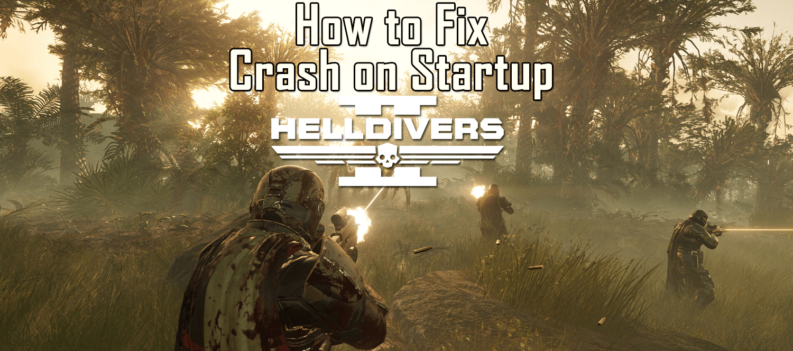In a time capsule of 90’s gaming, the breakout of survival horror games such as the Resident Evil series would be at the forefront, standing proudly like a grandfather of sorts. With such a beloved and nostalgic force backing it, perhaps it’s time for a new generation to take the reins.
Invader Studios was initially formed by fans, united by the desire to make an unofficial remake of Resident Evil 2. However, Capcom had plans of releasing a Resident Evil 2 remake, ultimately halting the fan-project. So, the fan-developers got serious and turned their fan-created project around, moulding it into what we have today, Daymare: 1998.
A tribute game to Resident Evil 2, created by dedicated fans – surely this is a winning formula?
Daymare 1998 takes us to a very familiar setting. A deadly biological substance has infected everyone in the town of Keen Sight. Navigating through hyper-violent and gory environments you’ll have to manage an inventory, solve puzzles, and take out a whole population of zombies. All in a day’s work!
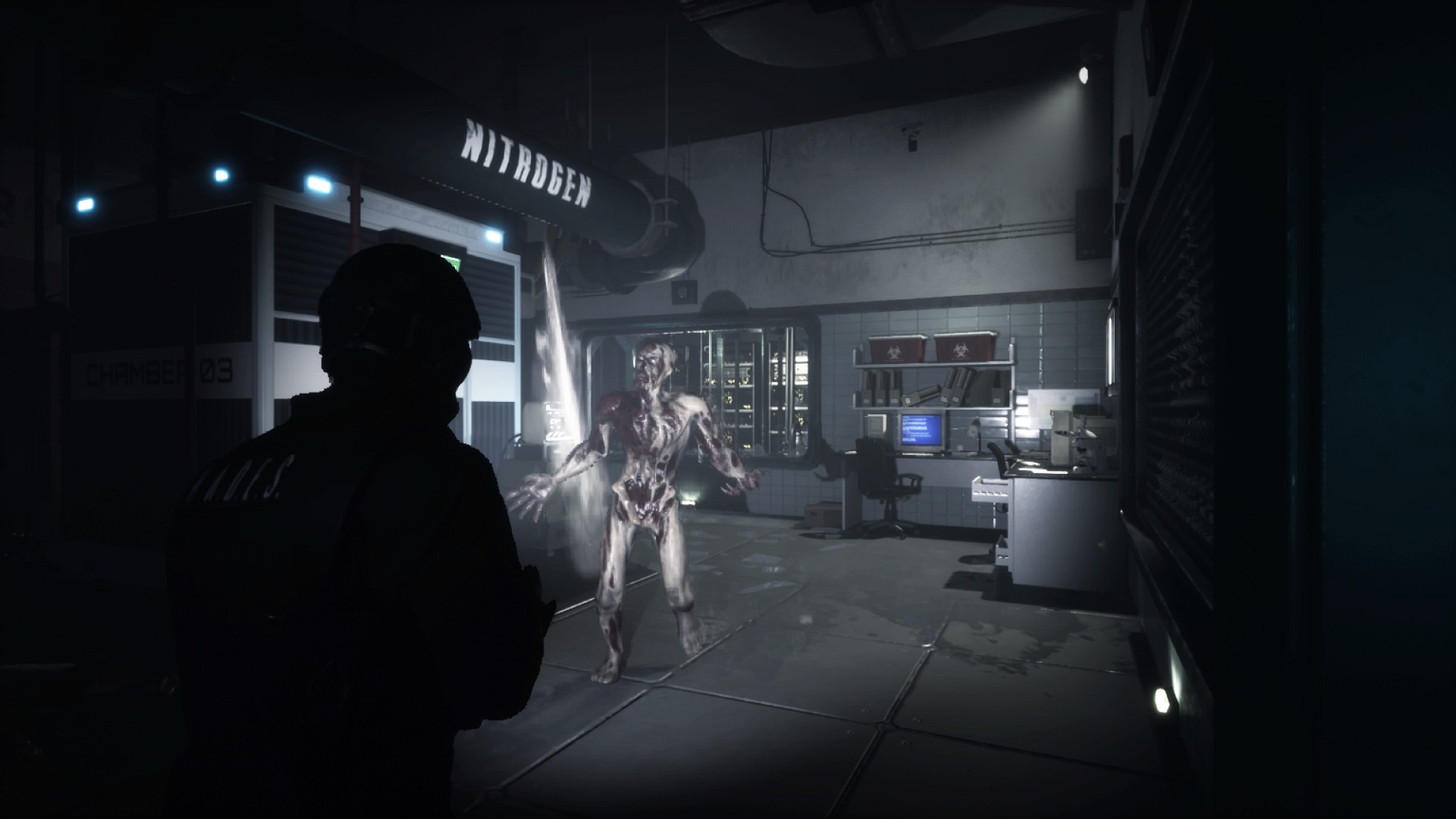
You’ll be happy to hear that the tank controls have been left firmly in the past, and the game adopts a more modern third-person perspective. Depending how much of a survival horror buff you are, there are three difficulty options to pick from: easy, normal and daymare. From here, you’ll progress through the story via different chapters.
You’ll be able to execute the undead, by giving them a good whacking with the back of your gun, or use the gun for its intended purposes and shoot them down. Throughout the game you will gain more guns, however, these are few and far between. If you’re unlucky, a zombie will grab hold of you in close-quarter combat and will spray out green acid which will damage you until you successfully shake the attacking zombie off. Sometimes, this felt like it happened more often than it should. Why? Because running in this game is a pain. You have to press three buttons to run, therefore, it becomes harder to tactically avoid the undead when necessary. Having said that, when utilizing the guns with ammo in an abundance, shooting zombies down always felt so satisfying, especially when pulling off headshots and seeing zombie heads go flying through the air.
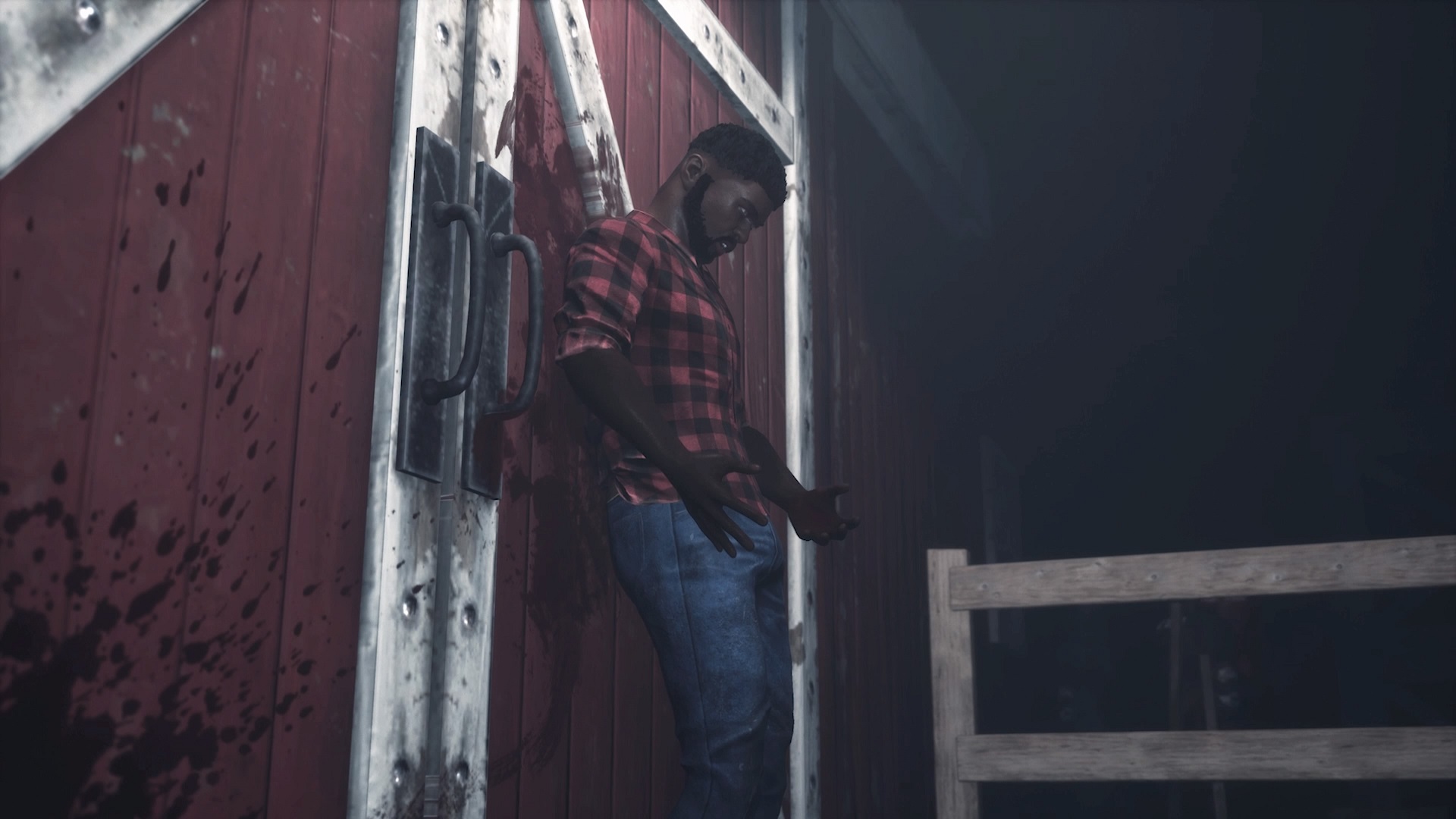
Just like the zombies themselves, you’ll encounter puzzles and they will find new ways of popping out of nowhere, and when you think they’re all gone, more arise to block your path. Some puzzles were simple enough and fun to solve, and others were rather cryptic. This led to a good length of time spent head-scratching to figure out what the puzzle wanted from me next. Often, after solving a puzzle, you’ll have to carefully retrace your steps and find the new path that the puzzle has uncovered. However, the environments themselves look very generic within the chapters, making it difficult to keep track of where you are in the location. That’s not to say the whole game looks the same from start to finish as each of the chapters are distinctively themed, ranging from a laboratory, streets, fire watchtower and a hospital. Some of the challenges in the game weren’t always puzzled related, but more quick thinking on your feet. For example, in chapter two you’ll rely on using a gas mask feature as you race against the clock to get to a safe location.
With a tinker gadget strapped around your arm that wouldn’t be out of place in any good spy film, comes the piece of equipment called D.I.D. From here you can manage inventory such as ammo hidden within the environments, health, maps and collectables. D.I.D helps with sorting and combining items as there is only a certain amount of allotted space available. Management is the key to success, especially as the D.I.D takes place in real-time, meaning a zombie can jump on you at any given moment whilst looking at your D.I.D. Cue the jumpscares!
I found myself solely reliant on items that were obtained, even more so with no pause feature being available when accessing your inventory. A positive aspect of this is the game attempts to offer an element of realism. However, with a game which is oozing nostalgia from every zombie’s pulsating vein, was this reinventing the wheel, rather than reliving the creation of the wheel and taking it out for a drive? I will say, though, it was nice to see a fresh take and not just a blatant copy.
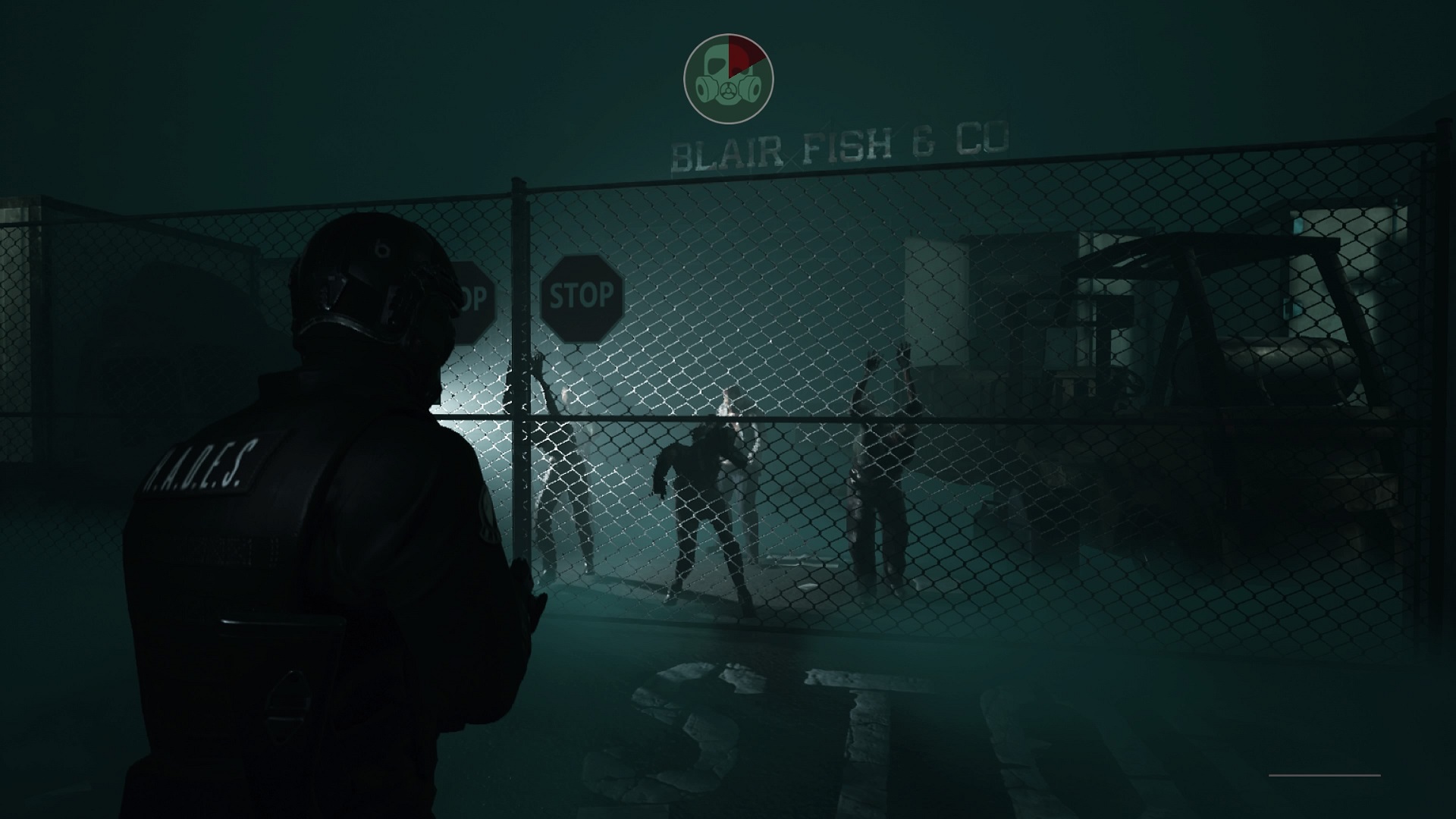
Throughout the game’s story you’ll alternate between three characters; Liev, Raven and Sam. Regrettably, Sam is the only character of the three that stood out and had any real character investment. Liev and Raven are part of a biotechnology organization named Hexacore, otherwise known as H.A.D.E.S (which is the equivalent of S.T.A.R.S) so they should have been in a prime position for an interesting backdrop, but this didn’t come to fruition.
Sam suffers from a condition called Daymare Syndrome, which leads to him suffering hallucinations and gory aberrations that distort the colour of the screen and the zombies themselves. Sam has a personal plight that I found pulled me in, and before I knew it, I was invested in his journey. The personal dilemmas surrounding psychological and rational real-life conflict leaks into many aspects of this character.
During my travels, I did encounter a few minor bugs. Some were minor, such as an undead getting clipped in a door, which was quite funny to watch. Another bug, however, crashed the game entirely near the end of the first chapter, and as my luck would have it, the game did not save any of my progress. I wasn’t laughing so much at that one.
The cut scenes were very mundane at times that it even took away from the dramatics and narrative of the scene. Nevertheless, the monsters themselves are very well designed, and that’s what counts, even if other character models aren’t quite up to scratch.
Hidden in the game are some fabulous subtle references that are referenced in the trophy list, such as bursting a red balloon will result in the trophy “What is IT?” These trophies with popular culture nods were charming to see, though they don’t really add much to the game, they don’t take anything from it, either.

Is Daymare 1998 a day to remember, or a nightmare you will want to forget? The answer is a bit of both. I did indeed enjoy my experience with the game and hardcore fans of the genre might find more to enjoy. However, with not many distinctive enough parallels between the series Daymare: 1998 is riffing off, casual fans may be better off sticking with the new iterations of the Resident Evil remakes. Furthermore, with a few minor bugs scattered across the chapters, this may also distract you from the gameplay. Daymare 1998 is not the greatest horror game in the world, no. This is just a tribute.
Daymare: 1998 PS4 Review
-
Overall - Not Bad - 5.5/105.5/10
Summary
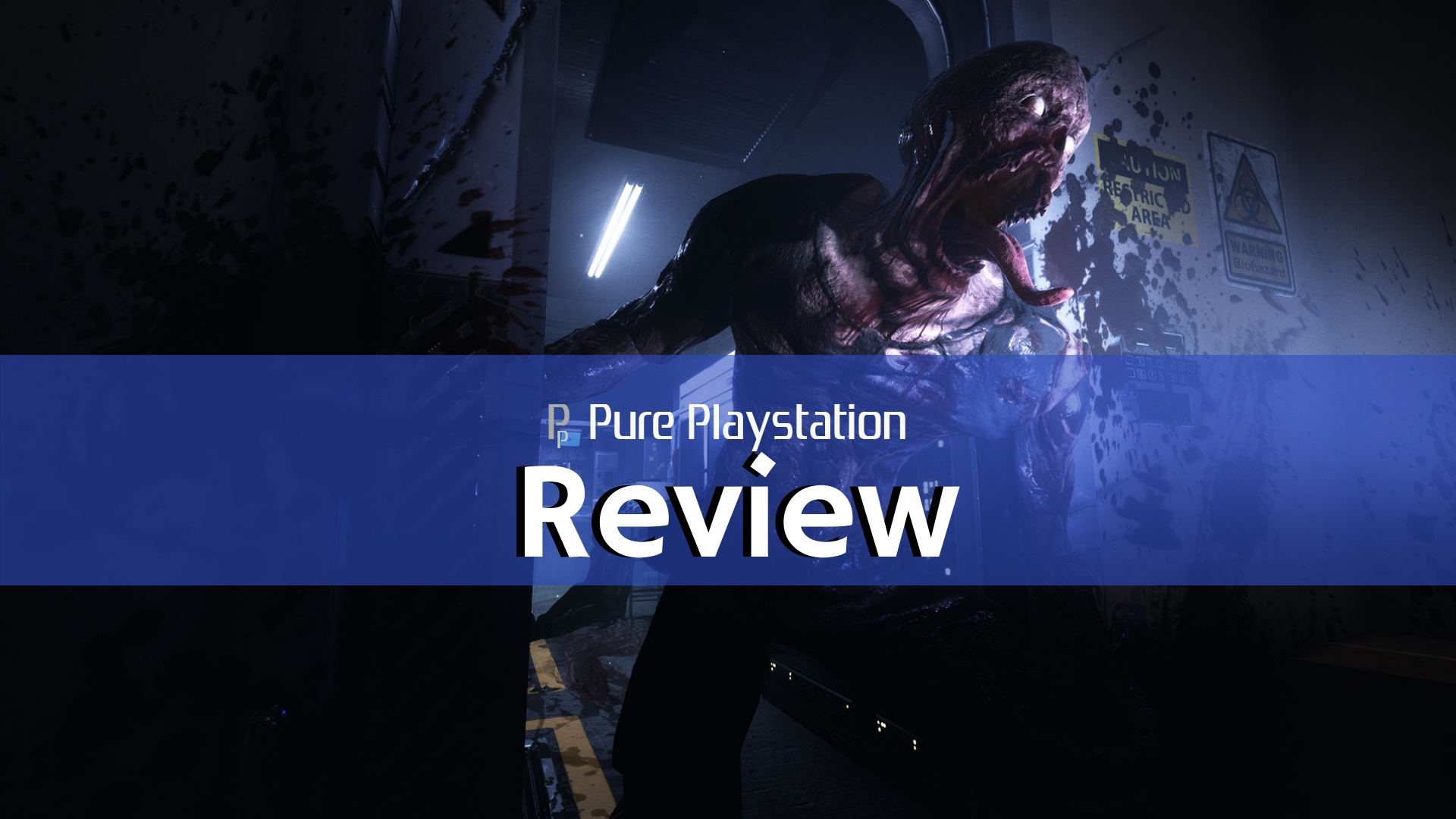
If you are a veteran fan of the retro survival horror genre and are up for a flexible modern interpretation, Daymare: 1998 is potentially the game of your dreams. However, if you are a more casual fan of the zombie spill, this may be a nightmarish experience to navigate through.
Review Disclaimer: This review was carried out using a copy of the game provided by the publisher. For more information, please read our Review Policy.
Reviewed using PS4 Slim.



